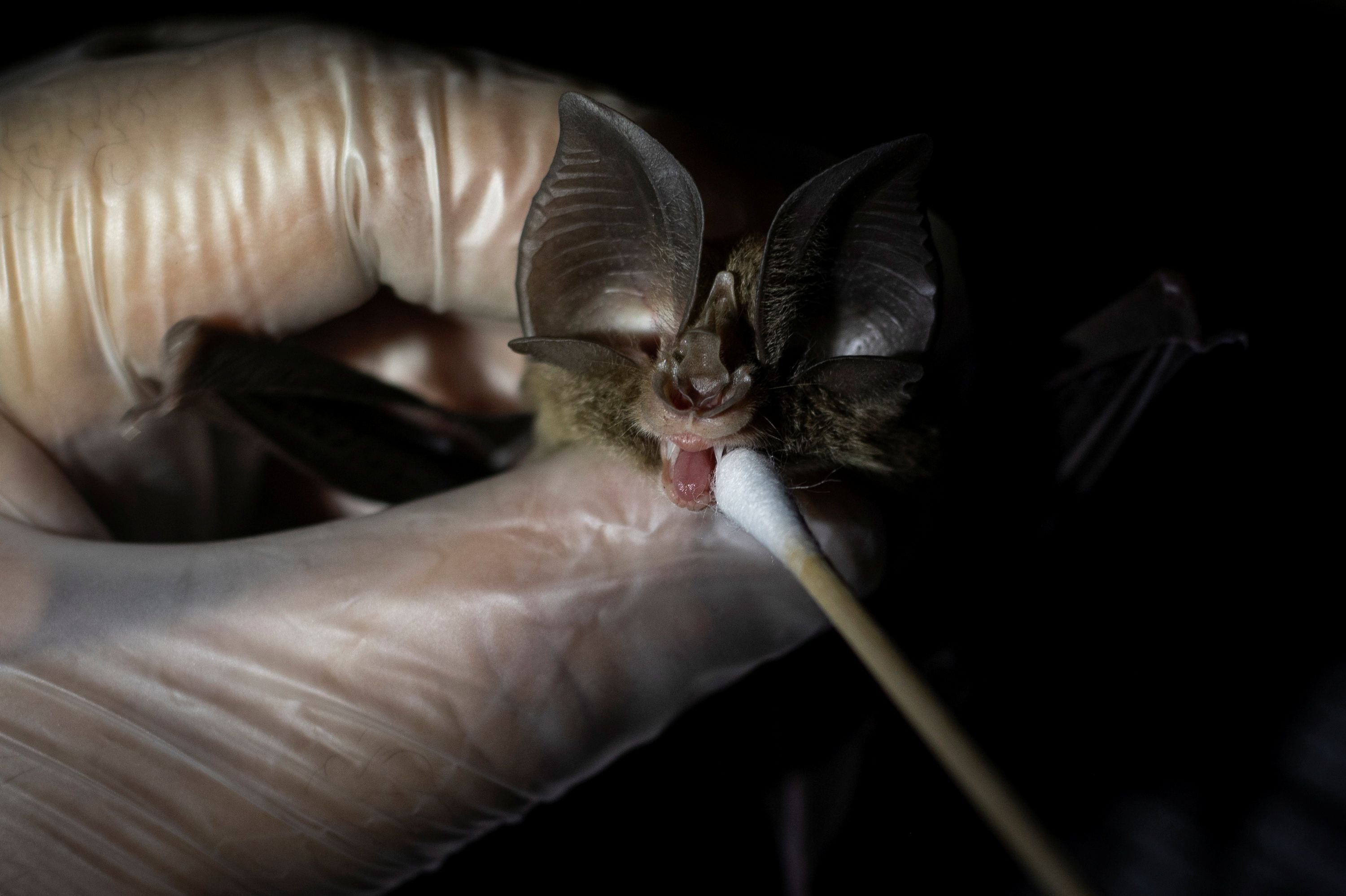
A new genomic analysis suggests that there are probably dozens of unknown species of horseshoe bats in southeast Asia. These mammals, also called rhinolophids, are considered the reservoir of many zoonotic viruses, which jump from animals to people, including close relatives of the viruses that caused severe acute respiratory syndrome (SARS) and COVID-19. Correct identification of bat species could help identify geographic hotspots with a high risk of zoonotic diseases, according to Shi Zhengli, virologist at the Wuhan Institute of Virology in China. “This is an important job,” he warns.
For the study's co-author, Alice Hughes, a conservation biologist at the University of Hong Kong, better identification of unknown bat species could also support the search for the origins of SARS-CoV-2 by reducing the places where to search for bats that may harbor close relatives of the viruses. The closest known relatives of SARS-CoV-2 have been found in Rhinolophus affinis bats in southwestern China's Yunnan province and in three species of horseshoe bats in Laos.
Cryptic species
Hughes wanted to better understand the diversity of bats in Southeast Asia and find standardized ways to identify them. So she and her colleagues caught bats in southern China and Southeast Asia between 2015 and 2020. They took measurements and photographs of the wings and nose blade of the bats, “the strange set of tissue around the nose,” as described by Hughes, and recorded their calls for echolocation. They also collected a small amount of tissue from the wings of bats to extract genetic data.
To map the genetic diversity of bats, the team used mitochondrial DNA sequences from 205 of their captured animals and another 655 sequences from online databases, representing a total of 11 Rhinolophidae species. As a general rule, the greater the difference between the genomes of two bats, the more likely the animals are to represent genetically distinct groups and, therefore, different species.

The researchers found that each of the 11 species was probably actually multiple species, possibly including dozens of hidden species throughout the sample. Hidden or “cryptic” species are animals that appear to belong to the same species but are actually genetically different. For example, the genetic diversity of Rhinolophus sinicus suggests that the group could be six separate species. Overall, they estimated that about 40% of species in Asia have not been formally described.
“It's a sobering number, but not terribly surprising,” says Nancy Simmons, curator of the American Museum of Natural History in New York City.” Rhinolophyid bats are a complex group and there has only been a limited sample of animals,” he explains.
However, for the specialist, relying on mitochondrial DNA could mean that the number of hidden species is an overestimation. That's because mitochondrial DNA is inherited only from the mother, so important genetic information may be missing, says the specialist. Still, the study could lead to an explosion of research to name new species of bats in the region.

More evidence
“The findings corroborate other genetic research that suggests that there are many cryptic species in Southeast Asia,” says Charles Francis, a biologist with Canada's Canadian Wildlife, Environment and Climate Change Service in Ottawa, which studies bats in the region. But, according to Francis, the estimates are based on a small number of samples.
Hughes' team used morphological and acoustic data to make a more detailed analysis of 190 bats found in southern China and Vietnam and found that it supported their finding that many species had not been identified in those regions. The study makes a strong argument for the “use of multiple lines of evidence when delineating species,” Simmons says.
Hughes stresses that his team also discovered that the tissue flap just above the nostrils of bats, called the Turkish saddle, could be used to identify species without the need for genetic data. For Gábor Csorba, taxonomist at the Hungarian Museum of Natural History in Budapest, “this means that hidden species could be identified without intrusive morphological studies or costly DNA analysis.”
KEEP READING:
Últimas Noticias
Debanhi Escobar: they secured the motel where she was found lifeless in a cistern
Members of the Specialized Prosecutor's Office in Nuevo León secured the Nueva Castilla Motel as part of the investigations into the case

The oldest person in the world died at the age of 119
Kane Tanaka lived in Japan. She was born six months earlier than George Orwell, the same year that the Wright brothers first flew, and Marie Curie became the first woman to win a Nobel Prize

Macabre find in CDMX: they left a body bagged and tied in a taxi
The body was left in the back seats of the car. It was covered with black bags and tied with industrial tape
The eagles of America will face Manchester City in a duel of legends. Here are the details
The top Mexican football champion will play a match with Pep Guardiola's squad in the Lone Star Cup

Why is it good to bring dogs out to know the world when they are puppies
A so-called protection against the spread of diseases threatens the integral development of dogs




